Worldwide, 884 million people have inadequate access to clean water and more than 2.6 billion people do not have basic sanitation. Each year, around two million people die as a result of contaminated water, and most of these are children. This raises the following question: How can we make it clear to people as to why and how they should use water sparingly?
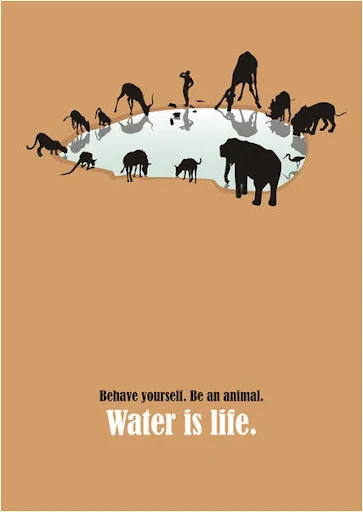
1st Winner: Pawel Dadok - Poland.
The ‘Water is Life’ poster competition provides answers to this question. In this project, students and young artists from all over the world were asked to address this issue and develop their own artistic interpretations and forms of expression. The response was overwhelming: more than 5,000 designs were submitted by artists from 83 countries.

2nd Winner: Jian Jie - China.
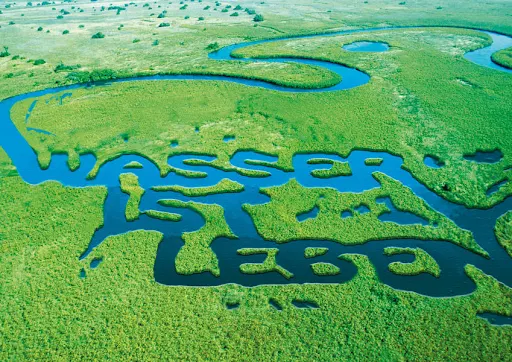
3rd Winner: Peter Blasl - Austria.
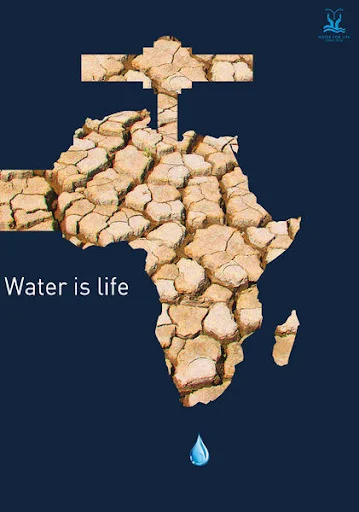
3rd Winner (divided): Yanyan Chen – China.

Special award Chairman ZVSHK: Aleksander Pujszo - Poland.
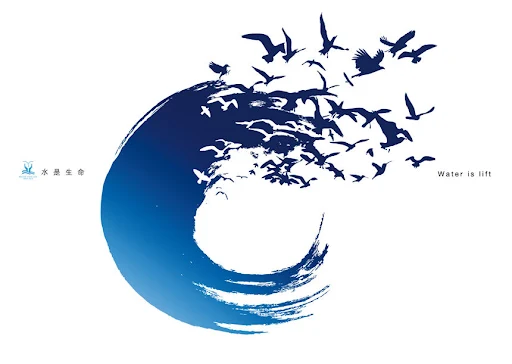
Special award Duravit: Xiao Jun Wang – China.
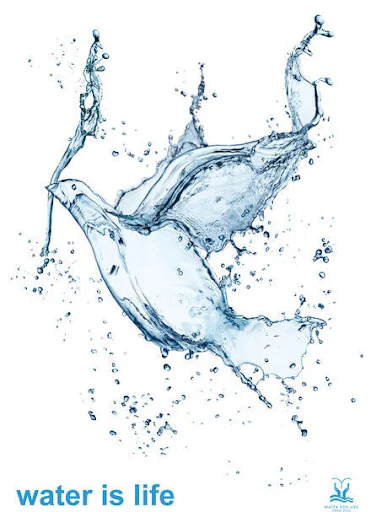
Special award Gentner: Xi Luo - China.
Via posterart-waterislife.com

1st Winner: Pawel Dadok - Poland.
The ‘Water is Life’ poster competition provides answers to this question. In this project, students and young artists from all over the world were asked to address this issue and develop their own artistic interpretations and forms of expression. The response was overwhelming: more than 5,000 designs were submitted by artists from 83 countries.

2nd Winner: Jian Jie - China.

3rd Winner: Peter Blasl - Austria.

3rd Winner (divided): Yanyan Chen – China.

Special award Chairman ZVSHK: Aleksander Pujszo - Poland.

Special award Duravit: Xiao Jun Wang – China.

Special award Gentner: Xi Luo - China.
Via posterart-waterislife.com
This post may contain affiliate links. As an Amazon Associate, I earn from qualifying purchases.
Comments
Post a Comment